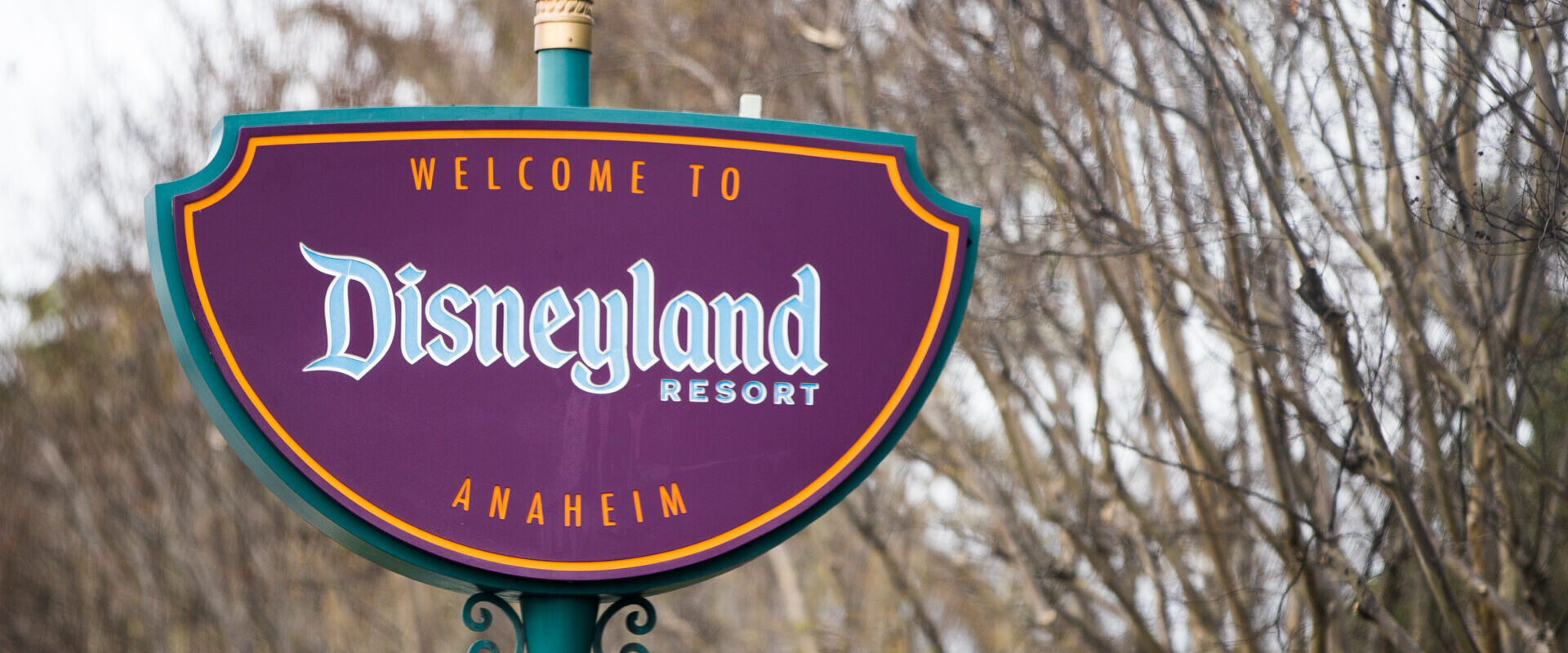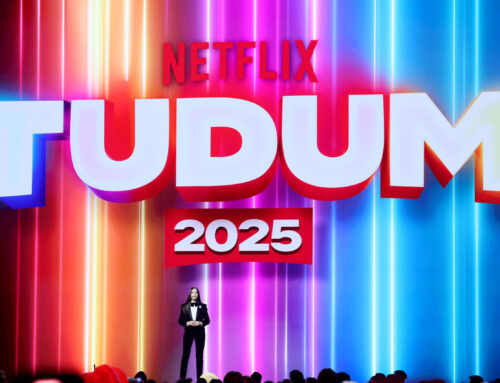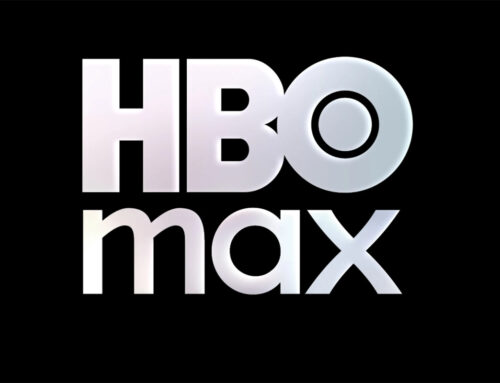Disney Parks: High prices are starting to outpace demand and consumer willingness to pay
Disney’s theme parks, long synonymous with the “Happiest Place on Earth” are facing a tough reality. Despite their immense popularity, rising prices and extra fees are causing a slowdown in growth, as highlighted in the company’s recent earnings report. The report showed that while Disney overall had a positive Q3, its Experiences sector, which includes theme parks and cruise ships, grew by just 2%, generating $8.4 billion in revenue. Operating profit, meanwhile, dipped 3% to $2.2 billion. Disney attributed this lackluster performance to “moderation of consumer demand” that surpassed previous expectations and is expected to impact domestic parks for “the next few quarters”.
Theme parks and cruises remain a critical part of Disney’s revenue, contributing 70% of the company’s operating income in 2023 alone. Despite this, Disney’s parks and Experiences sector only made up 40% of the company’s total revenue so far this fiscal year, reflecting the challenges of the broader industry. Comcast’s Universal parks reported a 10.6% drop in revenue, and Six Flags saw a decline in attendance and spending.
Even so, Disney still leads in park attendance globally. The 2023 Theme Index Report by TEA and AECOM shows Disney claiming eight of the top 10 most visited parks worldwide, with Magic Kingdom in Florida and Disneyland in California topping the list. Yet, neither park has reached pre-pandemic attendance figures, and others like Hollywood Studios and Animal Kingdom are seeing downward trends. The issue appears to be tied to costs outpacing consumer demand. Over the past decade, ticket prices at Disney parks have skyrocketed. AllEars, a Disney vacation planning site, reported that a one-day ticket that cost around $90 in 2014 will now range from $119 to $189 starting next year, an increase of up to 91%. Additional fees have exacerbated the problem. Disney’s free FastPass system was replaced by the paid Genie+ service, causing frustration among guests. Moreover, once free services, such as the airport shuttle and inter-park transportation, are now paid options.
In defense, Disney argues that the parks offer more pricing options than ever, including local discounts and annual passes. The company also states that these extra fees are becoming the norm across the theme park industry. But for many, the growing costs are making a Disney vacation comparable to an international trip.
Disney’s response has been to continue investing in new attractions, betting on bigger crowds. At the recent D23 conference, Disney announced a $60 billion investment in its parks over the next decade. With new attractions on the horizon, Disney is hoping these investments will help justify its prices and bring back the massive crowds.
But with prices continuing to rise and consumer demand fluctuating, the company may need more than new rides to stay on top.
Source: Variety VIP
Share:
Disney’s theme parks, long synonymous with the “Happiest Place on Earth” are facing a tough reality. Despite their immense popularity, rising prices and extra fees are causing a slowdown in growth, as highlighted in the company’s recent earnings report. The report showed that while Disney overall had a positive Q3, its Experiences sector, which includes theme parks and cruise ships, grew by just 2%, generating $8.4 billion in revenue. Operating profit, meanwhile, dipped 3% to $2.2 billion. Disney attributed this lackluster performance to “moderation of consumer demand” that surpassed previous expectations and is expected to impact domestic parks for “the next few quarters”.
Theme parks and cruises remain a critical part of Disney’s revenue, contributing 70% of the company’s operating income in 2023 alone. Despite this, Disney’s parks and Experiences sector only made up 40% of the company’s total revenue so far this fiscal year, reflecting the challenges of the broader industry. Comcast’s Universal parks reported a 10.6% drop in revenue, and Six Flags saw a decline in attendance and spending.
Even so, Disney still leads in park attendance globally. The 2023 Theme Index Report by TEA and AECOM shows Disney claiming eight of the top 10 most visited parks worldwide, with Magic Kingdom in Florida and Disneyland in California topping the list. Yet, neither park has reached pre-pandemic attendance figures, and others like Hollywood Studios and Animal Kingdom are seeing downward trends. The issue appears to be tied to costs outpacing consumer demand. Over the past decade, ticket prices at Disney parks have skyrocketed. AllEars, a Disney vacation planning site, reported that a one-day ticket that cost around $90 in 2014 will now range from $119 to $189 starting next year, an increase of up to 91%. Additional fees have exacerbated the problem. Disney’s free FastPass system was replaced by the paid Genie+ service, causing frustration among guests. Moreover, once free services, such as the airport shuttle and inter-park transportation, are now paid options.
In defense, Disney argues that the parks offer more pricing options than ever, including local discounts and annual passes. The company also states that these extra fees are becoming the norm across the theme park industry. But for many, the growing costs are making a Disney vacation comparable to an international trip.
Disney’s response has been to continue investing in new attractions, betting on bigger crowds. At the recent D23 conference, Disney announced a $60 billion investment in its parks over the next decade. With new attractions on the horizon, Disney is hoping these investments will help justify its prices and bring back the massive crowds.
But with prices continuing to rise and consumer demand fluctuating, the company may need more than new rides to stay on top.
Source: Variety VIP









